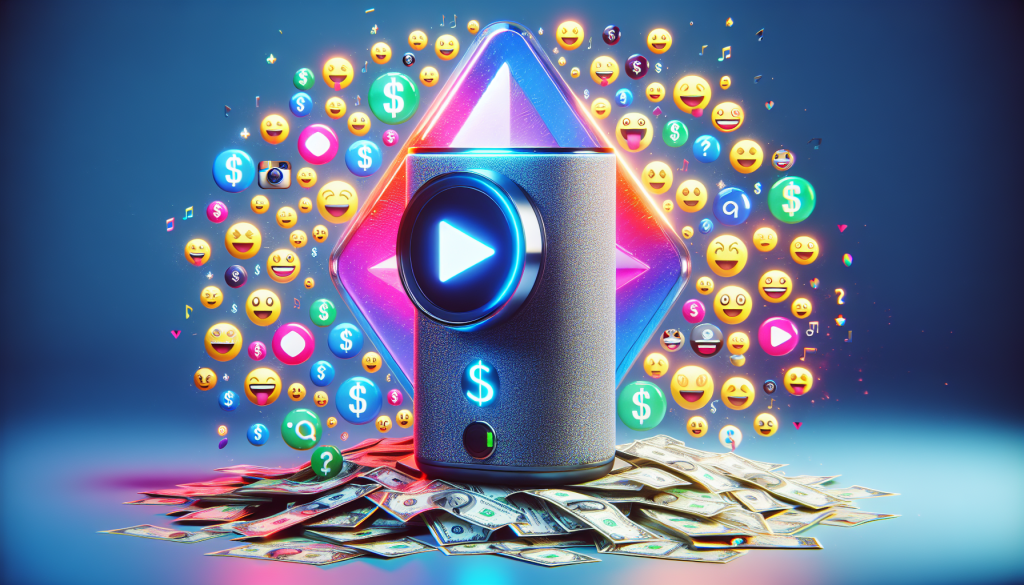
In an era where artificial intelligence has streamlined a multitude of tasks, virtual voices have become an intriguing and sometimes contentious addition to the YouTube landscape. A burning question for many content creators is: does YouTube monetize AI voice content? In 2024, the answer is nuanced, influenced by evolving policies and innovations in AI.
As emerging entrepreneurs venture into the content creation sphere, understanding YouTube’s monetization framework is crucial. While YouTube initially shunned channels with auto-generated content—which included AI-driven voices—the tide has witnessed a turn. The intricacies of YouTube’s monetization policies now allow content creators to harness AI voices, as long as they adhere to specific guidelines that ensure added value and creativity in the produced content.
The permission to use AI voices leverages the balance between efficiency and originality. Creators who utilize synthetic voices must ensure that their videos bring a level of unique creativity or commentary that goes beyond mere text-to-speech functionality. This involves aspects like detailed editing, original animation, or insightful narrative—key ingredients that transform a piece from automated blandness to engaging artistry.
Interestingly, the integration of AI voices can benefit entrepreneurs by supercharging their channels into revenue-generating engines. By circumventing the limitations of traditional voiceover work—such as time constraints and the need for expensive equipment or talent—AI voices offer a scalable solution to content creation. Creators who can skillfully merge these voices into value-laden videos find themselves in a sweet spot, capable of satisfying both YouTube’s requirements and audience preferences.
Nevertheless, content creators eyeing monetization must navigate YouTube’s quality control measures. YouTube has a track record of demonetizing or limiting the reach of videos featuring voices that are detected as synthetic if they are used in a way that contravenes the platform’s emphasis on original content. Hence, the key to successful monetization lies in the creative orchestration of AI voiceovers within the broader context of the video’s unique elements.
For startups plunging into this terrain in 2024, the game plan involves meticulous planning and an in-depth understanding of YouTube’s policies. Securing the rights to use the AI voice technology is the first step—a non-negotiable prerequisite as YouTube requires assurance that all content on its platform does not infringe on copyrights or any third-party rights.
The next stratagem is content differentiation. Creators must ask: What makes my AI voice-narrated video stand out? Is there educational value, entertainment, or an innovative presentation that captivates the viewer beyond the voice? Experienced YouTubers often suggest a blend of dynamic visuals, AI voiceovers, and human touch, such as personal introductions or on-screen appearances, to create a hybrid that resonates more deeply with audiences.
Transparency with the audience can also play a pivotal role in acceptance and monetization. Acknowledging the use of AI voiceovers and explaining the value-added benefits can bolster viewer trust and potentially deter any misconceptions about the automation of content.
For the entrepreneurial spirit, the pull of AI extends beyond voiceovers. From AI-assisted video editing to predictive analytics for audience engagement, the smart startup will integrate multiple facets of AI to streamline operations, tailor content to viewer preferences, and stay agile in a fast-paced, content-saturated market.
The intersection of AI voices and YouTube monetization is an evolving landscape. As AI technology advances and policies adjust, startups in 2024 must remain vigilant, informed, and agile. Staying abreast of the latest guidelines from YouTube and leveraging AI responsibly as a means to enrich content, rather than replace human creativity, will be the blueprint for success in this futuristic endeavor.
In conclusion, AI voices occupy a promising spot in the YouTube ecosystem, provided they are applied judiciously. Content creators must navigate the monetization maze with astuteness—not just to comply with YouTube’s standards but to elevate the quality of their offerings. For startups ready to harness this digital prowess, the possibilities are only as limited as their innovation and adherence to the platform’s guidelines. With careful strategy and creative execution, the AI voice can indeed become a harmonious note in the opus of YouTube monetization.